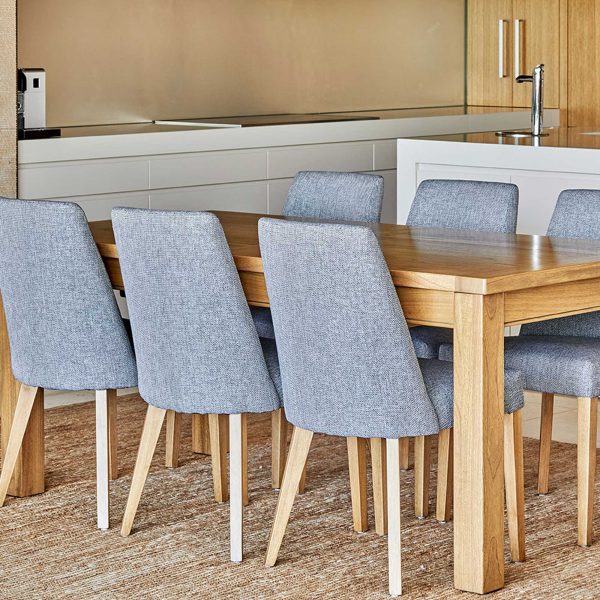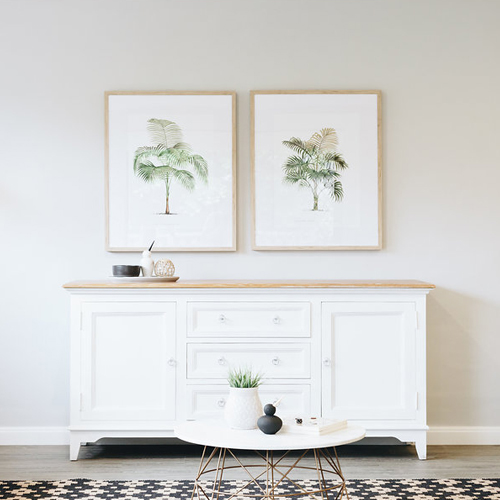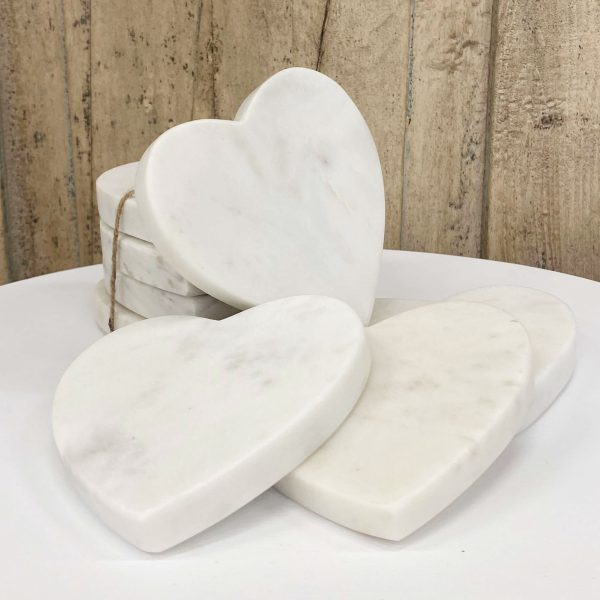


Have you ever wondered how your Raffles chair is made? Artisan makers use traditional techniques to create an ergonomic yet aesthetically pleasing design. They weave natural rattan into a piece inspired by old world charm: perfect for long relaxed lunches or reading a book in a cosy corner. Read on to find out about this material. If you’d like to know how to care for your woven pieces, find out here with our care guide.

What is rattan?
A solid vine-like timber plant from the palm family. Harvested throughout the year, it is native to the forests of Indonesia, India, China and Southeast Asia. The name rattan actually covers hundreds of different species, and the size of the plant varies greatly across these. It grows up to 200 metres in length, yet the diameter remains about the same.
Rattan, Cane or Wicker

What is the difference?
RATTAN
Rattan is the solid vine, and not hollow like bamboo. It is perfect for furniture making as one of the strongest and most resilient natural materials. The outer stem is tough and durable while the inner core is soft and slightly porous, meaning it is hard to break or splinter.



CANE
Cane is a particular part of the outer skin of the rattan plant. It is pale in colour and non-porous, making it excellent at repelling spills.
WICKER
Wicker however is not actually a plant, but the name for a method of weaving. Some pieces are made from rattan, but others are made from straw, raffia, synthetic materials and more. It is made up of thicker vertical pieces to create the structure of the item, then woven horizontally with thinner pieces in different designs.
Harvesting and processing

When the workers harvest the rattan – a feat in itself in the inaccessible jungles – it is cut into lengths and tied into bundles to journey from jungle to a processing area.
Once harvested, it is used in different ways. The entire rattan pole looks like a piece of bamboo, but is extremely strong as it is solid. When it is heated with either steam or a blowtorch, it becomes very pliable and can be bent into a variety of shapes without cracking. This makes it perfect for furniture making. The rattan vine can also be processed for other uses, such as removing the outer bark which is cut into thin strips for cane chair seats and backs. Reeds are cut from the softer interior to be used in wickerwork.


